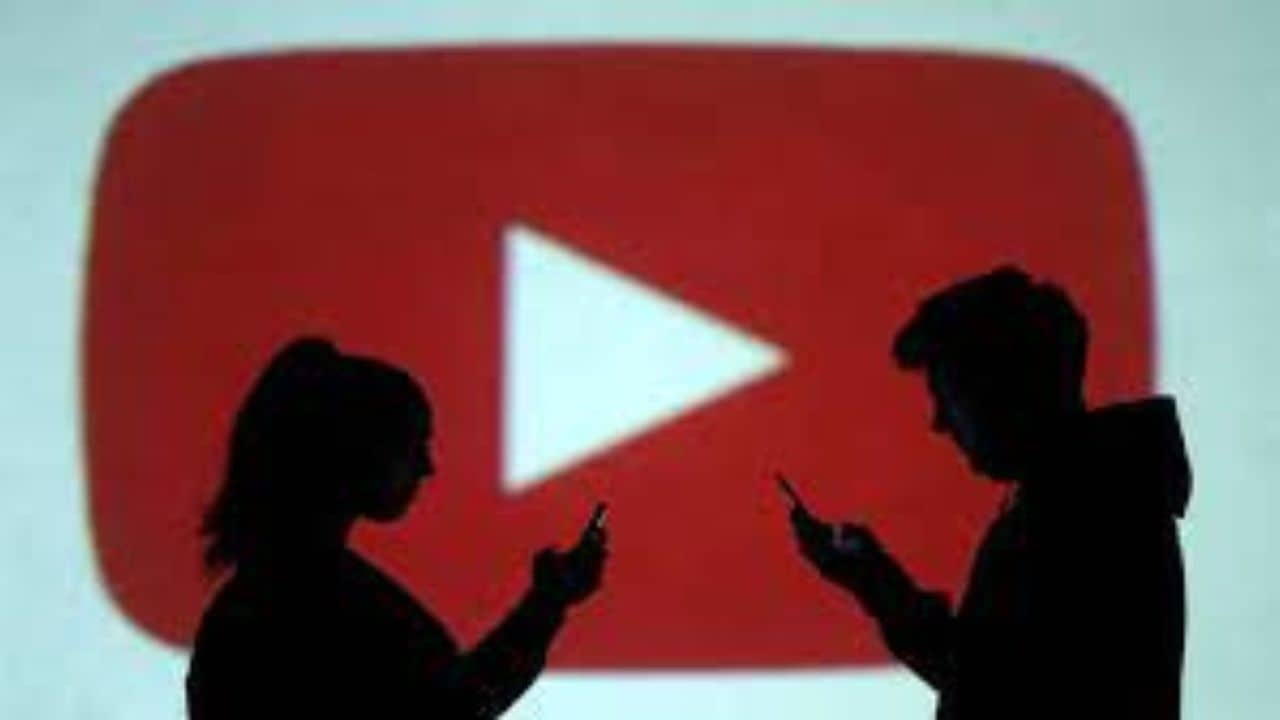Google Media Lab’s Team Adrenaline and Google Creative Works team talk about how they determine best practices from rounds of creative experimentation on a platform-by-platform basis. Here’s what they say marketers should know about how people respond to different ad types, and how to authentically connect when your brand appears next to something they love.
Relevance is key, regardless of scale
Conventional thinking about platforms is changing as marketers reconsider the logic of traditional media channels. From a holistic outlook, anything can be advertising as long as it includes an interaction with a brand. Effective media strategies account for all the ways people experience advertising in its totality, from walking past a store to watching a sponsored video.
“We used to think of social media platforms through a reach and frequency lens,” said Suzana Apelbaum, global group marketing specialist for creative and innovation at Media Lab. “For example, we approached mass platforms like YouTube mostly as reach platforms, and only for what we called ‘relevance platforms’ did we consistently do bespoke work to engage key audiences. With user behavior changing, we realized that to break through on any platform, being relevant is key — regardless of the platform’s scale. So we moved from a ‘reach plus frequency’ approach to ‘reach plus relevance plus frequency.’”
Read More:Why Google’s policies are driving away users
Apelbaum’s team then swapped their social media briefing for a series of briefings: one for each platform, “taking into consideration the unique best practices, platform features, and user behaviors on each of them.”
Adapt ads to safe zones
Because YouTube is accessible wherever the user is, it should be watchable on any screen. That means accounting for specs and safe zones. Similarly, different ad lengths are suited to different marketing objectives, and production quality can lean more lo-fi in snackable, scrollable YouTube Shorts.
Building for more platforms also meant planning for a larger creative lift, said Andrew Wong, senior integrated media manager at Media Lab. “Where we used to be able to create a few 60-, 30-, or 15-second video spots, we have to create tons of short-form video, GIFs, and statics — multiplied by the number of platforms we choose to run on, and at greater frequency,” he said. “What this means is that we also need a fundamental organizational and mindset shift when moving to the modern marketing mix.”
Just as important as context and storytelling considerations are technical considerations, like screen size and platform UI. With more YouTube views now happening on mobile rather than desktop, creative teams should always review vertical video specs and build for smaller screens. Finally, marketers can get a clear picture of how their ads are performing with real-time reporting and Brand Lift surveys, whose results can inform future campaigns.
Every brand has what it needs to experiment
Given the emphasis on relevance, it may be tempting for teams to add local influencers to all their campaigns. But results from a recent run of Global Creative Works video experiments might mean that isn’t the only effective strategy. Rather, the team found that across a sample of ad creative representing three categories, ads tailored to their place in the funnel may have helped achieve certain objectives.
“From these initial experiments, we’re seeing that influencers, in particular, may help drive online sales,” said Billy Corbyn, head of Global Creative Works. “It’s not so much that influencers might drive the brands so much as that they drive action. They drive [viewers] to actually do something versus just being made aware of a brand.”
No one-size-fits-all
One potential finding of the creative experiments was that no ad type performed better than any other across all marketing objectives — yet emphasizing certain elements of an ad in the service of specific objectives could help move the needle.
According to this logic, different creative assets may work best for different parts of the funnel across a single campaign. For example, the Mercado Libre brand ad drove performance higher up the funnel when it came to awareness, while the brand’s celebrity-led ad boosted consideration and its influencer-led ad drove sales. The ABCDs of creative effectiveness offer more tactics designed to advance marketing goals.
“Using influencers, making your ad creative look like content, and making it more intrinsic to the platform — that actually makes people act,” said Corbyn, who also noted that testing across objectives is often as simple as verticalizing an asset.
Shorts don’t have to be short
Most people think of Shorts ads as vertical videos that last less than 15 seconds, but many clock in at 30 seconds or longer. If people are interested, they’ll keep watching, giving brands even more reason to jump into the action right away. That holds, whether the ad is cut from existing creative or produced specifically for Shorts.
The team was surprised to find that longer Shorts performed just as well — and sometimes, better — than Shorts under 15 seconds. Case in point: Sony Pictures’ 49-second interview cutdown. Both the interview clip and the 30-second trailer drove metrics across the funnel.
Taking cues from creators
Can a brand ambassador drive metrics by talking directly to audiences? Dior’s video experiment suggests they can: Ad recall and search lift benefited from the approach, which took inspiration from YouTube’s organic content in which the fourth wall is more often absent than broken.
Read More:AI will be India’s ‘FASTag’ to growth: Google India head Sanjay Gupta
